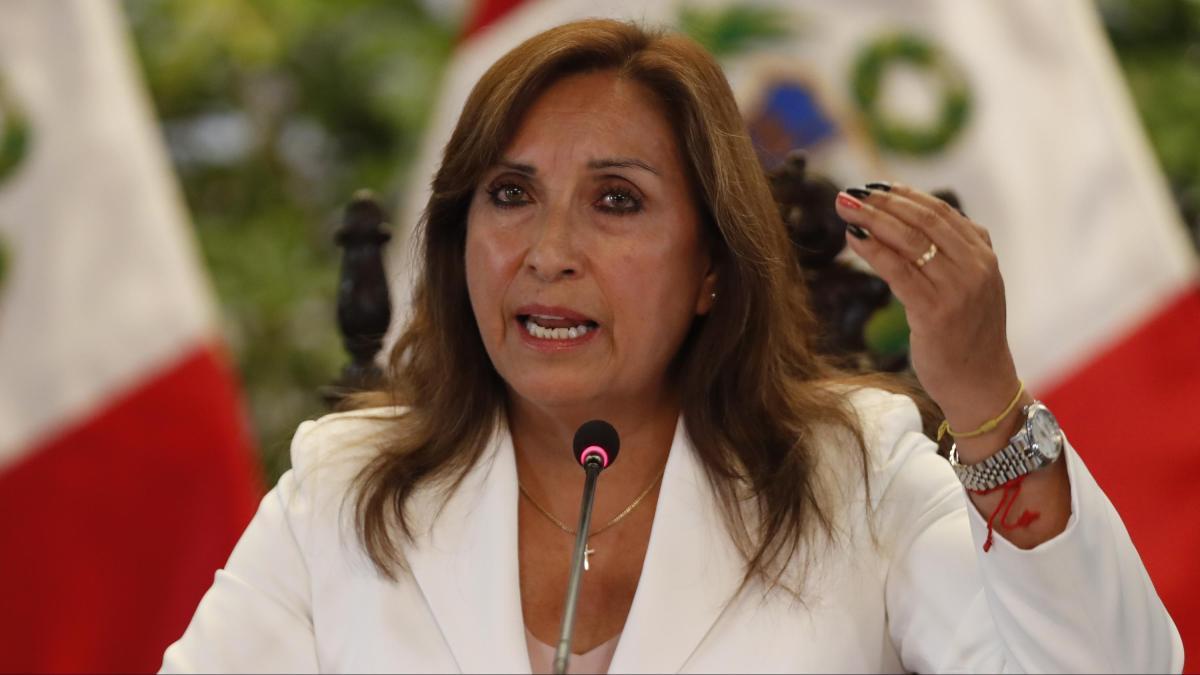Everything was renovated at the Sotkamo health station. The division into acute and non-urgent reception was removed as inefficient. No longer will the station be visited infrequently, things will be handled by phone. Telemedicine is becoming more common in health centers around the country and is being used to provide a care guarantee.
Now is at the heart of the production of the welfare state.
At the nervous center of the Sotkamo health center, telephones ring and the rooms are filled as a speaker. Customers call or caregivers call their customers. Someone examines a picture of a skin symptom sent by a patient, another whispers to the doctor who came next to the question.
The silence in the waiting lobby stops. The lobby is almost empty, as are the hallways. On-site help will only be available when there is a real need. Mostly not.
In Sotkamo, in the municipality of Kainuu, with more than 10,000 inhabitants, the entire operation of the health center was reopened a year ago. At the outset, there was a surge on the brink of disaster. There were queues of months for an unhurried appointment.
“On Monday mornings, there was no room to move in the hallway when there were so many patients coming for an acute visit. People were hidden in different queues and were always met by a different doctor or nurse, ”describes the deputy chief physician. Tuula Sassi.
Assistant Chief Physician Tuula Sassi presents the model used in Sotkamo.
When the deal with the consulting company was renewed last year, it was suddenly possible to take care of everyone who contacted us during the day.
Queues disappeared, and the queue has remained.
Sassi is convinced that the solution will work and that a similar model will soon be found in every Finnish municipality if health centers plan to reach the care guarantee.
The government decided in connection with the budget dispute this fallthat the tightening of the guarantee for primary health care from the current three months to seven days will progress in 2023. Urgent care at health centers should then be available within a week.
Sassi likes to list the cornerstones of the new model.
“Treatment starts right away. All patients will receive a caregiver. The mass is screened for those at risk and treated with a coaching approach. With the change, operations will be more economical and customers and staff more satisfied, ”Sassi describes.
Essentially, the model includes the fact that a large proportion of patients’ cases are handled by telephone. Work takes place in teams where the responsibility for traction changes and the doctor is always close.
“
“We need to find out the heaths and ponds for the self-care.” – The client of the health center
What is the price of non-queuing? At the very least, it takes time – from both customers and staff – to get used to new ways of working in the transition phase.
A client waiting to see a doctor in a deserted corridor of a health center does not want to say his name in public, but he thinks it is harder to reach a doctor today than before.
“I don’t like the middleman that I have to find out the owls and ponds for the self-care. Before, you got to the doctor directly when you ordered the time, ”the client says.
Severi Salo, 82, waits in the lobby for his wife at reception. He does not find anything to be said about the services of the health center. Some of the things have been handled by phone, and they have been able to visit if necessary.
“It simply came to our notice then. I myself have had heart problems and have been treated with balloon dilatations several times. For now, the trouble is waiting for what happens next, ”says Salo.
Self-care, caregiver or liaison – there are many names for this important issue.
Arja Lukkarin, 68, on the phone self-care Riitta-Liisa Leinonen the number is saved as.
“He’s empathetic and the attitude is right. The interaction we have works and the instructions become clear Finnish. He puts things in for the doctor to look at, the doctor comments and the nurse reads the text to me on the phone. Before, there was always a different caregiver, and no one was caught, ”Lukkari describes.
Arja and Kaisa Lukkari from Sotkamo are very satisfied with the health center service they have received.
Lukkari has needed treatment and follow-up after a recent stroke. The caregiver sometimes calls Lukkar “random tests” and asks for hearings, which is always gratifying.
Customer satisfaction at Sotkamo has not yet been measured. Sassi’s feeling is that there is a majority of satisfaction with queuing and self-care, but there are those in the older population who would always like to come to the scene.
Health centers The operations have recently been redesigned not only in Sotkamo but also elsewhere. In Kainuu, the new model has been successfully implemented in Kuhmo and Suomussalmi. Elsewhere in the country, implementation is well under way, at least in the Siun War in North Karelia and Keusote in Central Uusimaa.
Medical Adviser, Ministry of Social Affairs and Health (STM) Tapani Hämäläinen estimates that, in general, remote telephone service has increased at Finnish health centers throughout the Korona period.
“The final balance, that is, how much things can be handled on the phone, is not yet known. We are now at a stage where more detailed information is available about it, ”Hämäläinen emphasizes.
All right is that not all patients can be treated remotely. The more illnesses and other life-related worries, the more difficult it is to treat them over the phone, Hämäläinen describes.
He also recalls trust. It can be difficult to build on a phone alone.
“Often things are sensitive and sensitive. The patient may come on their first visit to see if they can trust a doctor, for example. When he leaves, he raises the most important issue, ”describes Hämäläinen, who has also worked as a health center doctor for a long time.
In Hämäläinen’s opinion, the model in which each client receives a contact person from a health center sounds reasonable. “As long as the doctor’s consultation and physical appointment are successful whenever they are needed.”
Sotkamon the nerve center at the health station is dominated by a wall board where each work’s performance is displayed in numbers. What is the percentage of remote contacts? For how many clients is the caregiver a liaison?
Nurse Kaisu Rimpiläinen leads liaison statistics, even if it is not a competition. Rimpilä has 811 self-care people.
“As a nurse, I think my work will become visible in the numbers. It is always said that there is a lot of work to be done. This board shows how much it is, ”says Rimpiläinen.
Nurse Kaisu Rimpiläinen is in turn the team leader.
Rimpiläinen’s own caregivers make calls at varying rates. Sometimes there are less than ten calls a day, sometimes much more.
Over here By now, almost half of Sotkamo’s employees have a designated contact person. A tonic cake is eaten at the nerve center whenever the next thousand residents of the municipality get access to the books and covers of the liaison officers.
Sari Niskanen would not change to the old. She thinks the caregiver’s job is now more independent.
“It’s your own book that you can look at your own customers and receive them when it suits you. There is a private telephone for guests to call. It is peace of mind to work, although of course first aid sometimes changes the situation, ”says Niskanen.
The doctor is consulted frequently during calls. According to Sassi, 10-20 percent of nurses’ calls are handled completely without a doctor.
Remote contacts the proportion on the nerve center table ranges from 30 percent to one hundred. Sassi has lowered the average for the entire staff to 64 percent.
The highest telemedicine proportions, ie 80–90 per cent, are achieved in the long-term service team.
“Immobile, overweight, smokers who have enough risks – caregivers have achieved good results with them,” says Sassi.
There is no need to handle a certain amount remotely.
“But it doesn’t work so much that everyone is invited to the reception if you have to get through the cargo of the day,” he recalls.
Sassi has also reduced how much money the new approach saves.
“Six more doctors would have been needed if the former model had been used to queue up,” he says.
“The number of random x-rays has been greatly reduced, as have the number of laboratory tests performed when the patient is not known. The sharp rise in costs has been reversed and even slightly reduced, ”Sassi explains.
Size In the case of Kainuu, the goal is to be able to serve the majority of contacts remotely. Chief of Staff of the Kainuu War Arja Horto says the goal is needed for nurses and doctors to actually start using the model.
“We’ll see later what that optimum level is,” Horto emphasizes.
The weakest new approach has been adopted in Kajaani, where half of Kainuu residents live. There, the model has attracted the most negative feedback.
Kajaani the starting situation last year was chaotic with its long queues, and the model based on remote service and teamwork never started rolling.
“The staff was more negative. It was not trusted that listening could lead to conclusions about what is going on and how it is treated, ”says Horto.
The nurses moved away, and the situation worsened. Now, in addition to queues and the shortage of doctors, the primary health care in Kajaani is plagued by a shortage of nurses.
In Kajaani, a virtual team was created to replace the nurses who moved elsewhere, working from Sotkamo. Horto believes it is also easier to recruit professionals for the virtual team. You do not have to live in Kainuu to work in a team.
“
“Trust was born. That’s what it requires. ” – Arja Lukkari
One even a pure surprise came with the new operating model. The University of Oulu announced that it would no longer send its medical bachelors to Kainuu due to the large share of telemedicine in the war.
Now the situation is being tailored to the university’s wishes so that there are enough close contacts with the customers.
Is there a new age health center with remote services then a solution to access the care guarantee across the country?
According to statistics from the National Institute for Health and Welfare (THL) in March, almost two out of three outpatient visits for emergency outpatient care took place within a week of the assessment of the need for treatment. The situation has improved rapidly as remote transactions have increased. In 2019, about 40 percent reached the same level.
According to Hämäläinen, remote services and multi-professional teams are one important part of the solution when trying to reach the care guarantee in future welfare areas.
Arja Lukkari met his self-employed person face to face at the beginning of the care relationship.
“The chemistry fell into place and trust was born. That’s what this requires, ”he says.
.
#Regional #elections #health #center #Kainuu #faltered #brink #disaster #suddenly #changed #magic #healthcare #works #completely #queues







